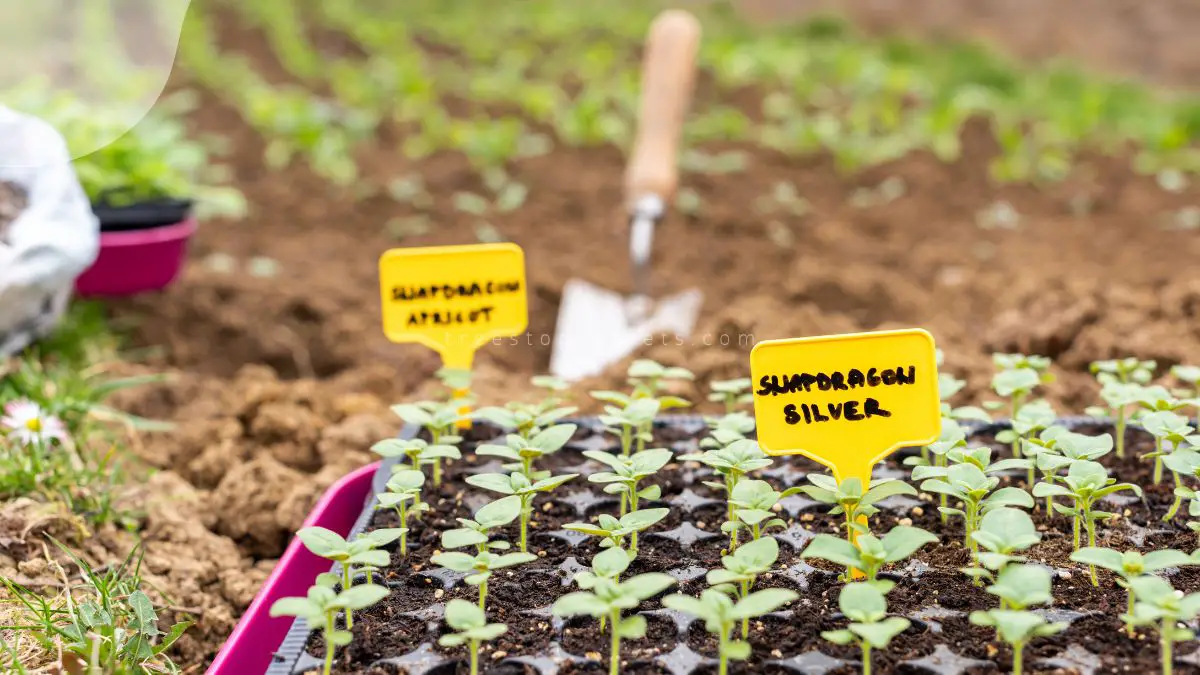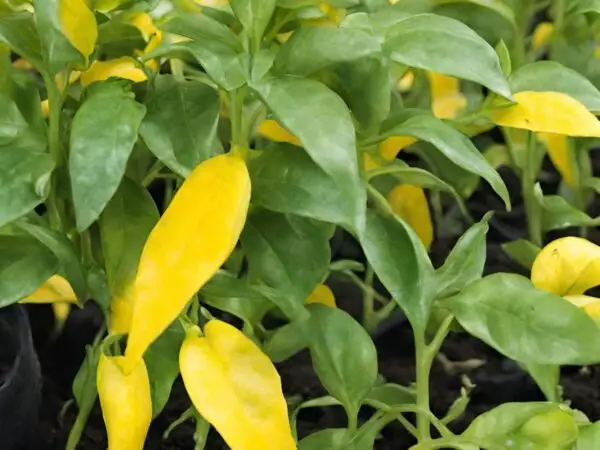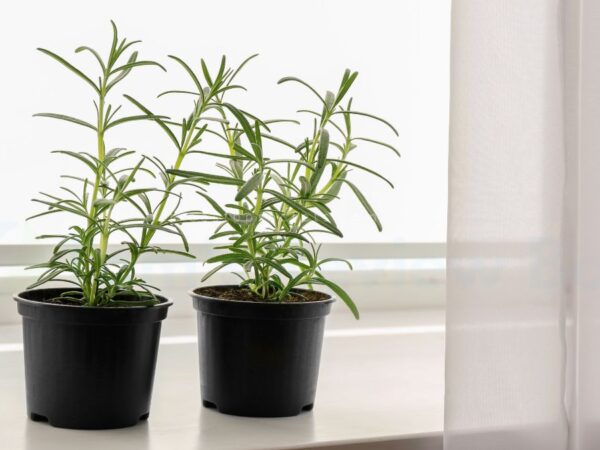Dreaming of a vibrant garden bursting with colorful blooms? Starting a flower garden is easier than you think. Whether you have a green thumb or are new to gardening, creating your own floral oasis is a rewarding journey. Contrast the hustle and bustle of daily life with the tranquility of tending to your blossoming plants. Dive into the world of gardening and unlock the secrets to cultivating a stunning flower garden. With simple steps and a bit of dedication, you can transform your outdoor space into a fragrant paradise. Get ready to immerse yourself in nature's beauty and enjoy the therapeutic benefits of nurturing your own slice of floral heaven in a gorgeous flower garden.
Key Takeaways
- Start Small: Begin by choosing a suitable location for your flower garden and preparing the soil adequately before moving on to more complex tasks.
- Research Your Climate: Understand the climate of your region to select flowers that will thrive in your garden, ensuring their long-term success.
- Mix Flower Varieties: Design your flower bed with a mix of annuals and perennials for continuous blooms throughout the seasons, adding color and variety.
- Consider Planting Patterns: Plan the layout of your garden strategically, considering factors like height, color, and blooming times to create an aesthetically pleasing arrangement.
- Follow Planting Guidelines: When planting, use proper strategies such as spacing plants correctly, watering adequately, and providing necessary support for optimal growth.
- Savor the Results: After all the hard work, take time to enjoy your flower garden, relax in its beauty, and appreciate the nature you have nurtured.
Choosing Your Garden Location
Assess Sunlight
When selecting your garden location, determine the sunlight needs of the flowers you intend to grow. Observe how sunlight moves across your garden during different times of the day. Consider any obstructions like buildings or trees that may affect sunlight exposure.
Check Drainage
To ensure optimal growth conditions for your flowers, evaluate the drainage capabilities of your chosen garden spot. Prevent issues like waterlogging and root rot by ensuring proper drainage. Raised beds can be a solution to enhance drainage efficiency.
Measure Space
Accurately measure the space available for your flower garden to plan effectively. Account for the mature size of the plants when arranging your garden layout. Provide adequate spacing between plants to promote healthy growth and airflow circulation.
Preparing the Soil
Soil Testing
Conduct a soil test to determine the pH level and nutrient content. Analyze these factors for optimal plant growth. Use the results to adjust soil conditions accordingly. Consider the texture and structure of the soil to match different flower types.
Enhance Nutrients
Add organic fertilizers according to your flowers' specific nutrient needs. Incorporate compost into the soil to enhance fertility and structure. Opt for slow-release fertilizers for sustained nutrient availability.
Understanding Your Climate
Find USDA Zone
Identifying your USDA growing zone is crucial for successful gardening. This zone system divides North America into 13 zones based on average annual minimum winter temperatures. By knowing your zone, you can select plants that will thrive in your specific climate conditions. Researching plants suited to your zone ensures they can withstand the typical weather patterns in your area. Understanding the temperature ranges and frost dates in your USDA zone helps you plan your garden effectively.
Select Climate-Suitable Flowers
When starting a flower garden, it's essential to choose flowers that can adapt well to your local climate. Opt for flowers that are naturally suited to the conditions in your area to ensure they flourish. For hot climates, consider drought-tolerant or heat-resistant flowers that can withstand high temperatures and limited water availability. In regions with harsh winters, selecting cold-hardy plants ensures your garden survives the cold season and blooms beautifully when spring arrives.
Designing Your Flower Bed
Bed Creation
When starting a new flower bed, decide on either in-ground beds or raised garden beds according to your preferences. Prepare the soil by removing weeds and enhancing its quality. Consider both accessibility and aesthetics when designing your flower bed space.
Theme Decisions
For a good flower garden, determine the theme or style that resonates with you. Opt for a theme that reflects your taste and complements your outdoor area. When selecting a theme, consider elements like color schemes and plant varieties.
Color Schemes
To create a perfect flower garden, choose a harmonious color palette for an eye-catching look. Experiment with contrasting colors to establish focal points within your garden design. Utilize color psychology to evoke various emotions through your choice of plants.
Selecting Flowers
Choose Varieties
Explore a variety of flower species to add diversity to your garden. Mix annuals and perennials for continuous blooms throughout the seasons. Consider the height, bloom time, and maintenance requirements of different flower varieties.
Focal Flowers
Highlight focal flowers to draw attention and create visual interest. Choose standout flowers that serve as the centerpiece of your garden design. Position focal flowers strategically to enhance the overall aesthetic appeal.
Mix Types
Combine different types of flowers to create a dynamic and vibrant garden. Mix flower shapes, sizes, and textures for a visually appealing landscape. Incorporate a balance of foliage plants and flowering plants for added interest.
Planning the Layout
Space Optimization
Utilize vertical space effectively by incorporating trellises or hanging baskets, allowing plants to grow upwards and save ground space. Arrange plants considering their growth habits, placing tall ones at the back and shorter ones in the front to maximize sunlight exposure. Implement companion planting techniques strategically to optimize space usage and create symbiotic relationships between plants.
Aesthetic Arrangement
Arrange flowers in clusters or drifts to create a natural and visually appealing garden bed. By grouping flowers together, you can achieve a cohesive look that mimics nature's beauty. Create focal points within your garden using tall or brightly colored flowers to draw attention and add interest to the overall design. Consider the bloom sequence of different flowers and their respective heights to ensure a well-balanced arrangement that blooms harmoniously throughout the season.
Planting Strategies
From Seeds
Starting some flowers from seeds is a cost-effective way to kickstart your flower garden and witness the fascinating germination process. Follow the instructions on the seed packet for the correct planting depth and spacing to ensure optimal growth. Providing sufficient light and moisture is crucial for successful seed germination.
Established Plants
When aiming for instant garden beauty, consider planting established flowers. Carefully transplant these flowers to minimize any root disturbance, ensuring they adapt well to their new environment. To help them thrive, water newly transplanted flowers regularly so they can establish themselves in the garden.
Garden Construction
Follow Layout
Stick to the planned garden layout to maintain visual harmony. Adjust plant placement based on sunlight exposure and water requirements. Consider how each plant complements the others for a cohesive look.
- Ensure proper spacing between plants to prevent overcrowding.
- Create focal points with taller plants and fill in gaps with ground cover varieties.
Plant Care
Implement a regular watering schedule to keep plants healthy and hydrated. Avoid overwatering, which can lead to root rot and other issues. Monitor the soil moisture levels regularly.
- Check for signs of pests such as holes in leaves or sticky residue.
- Use organic pest control methods whenever possible to minimize harm to beneficial insects.
Deadhead flowers regularly to promote continuous blooming. This simple task encourages the plant to produce more flowers, extending the blooming period. Remove spent blooms by pinching them off near the base of the stem.
Enjoying Your Garden
Maintenance Tips
Maintaining a gorgeous flower garden requires regular care and attention. Mulch flower beds to suppress weeds and retain moisture, aiding plant growth. Prune plants strategically to maintain shape and stimulate new blooms. For overcrowded plants, divide them to rejuvenate and enhance flowering.
- Mulch flower beds
- Prune plants
- Divide overcrowded plants
Seasonal Care
Adapting to seasonal changes is crucial for a successful garden. Adjust watering schedules and fertilization methods based on the season. Prepare your garden for winter by safeguarding delicate plants from frost damage. Plan ahead for spring by starting seeds indoors or prepping the soil for new plantings.
- Adjust watering frequency
- Protect sensitive plants in winter
- Start seeds indoors for spring
Final Remarks
You've learned how to kickstart your flower garden journey, from selecting the perfect spot to enjoying the blossoms. By understanding your climate, designing the bed, and choosing the right flowers, you're well on your way to a vibrant garden. Remember, proper soil preparation and strategic planting are key to success.
Now it's time to put your newfound knowledge into action. Get your hands dirty, plant those seeds, and watch your garden bloom. Embrace the process, learn from each step, and most importantly, enjoy the beauty you've created. Your flower garden awaits!
Frequently Asked Questions
How important is choosing the right location for my flower garden?
Selecting a suitable location ensures your flowers receive adequate sunlight and water. It also impacts the overall aesthetics of your garden, contributing to its success and longevity.
What soil preparation steps are essential before starting a flower garden?
Preparing the soil by removing debris, testing pH levels, adding organic matter, and ensuring proper drainage sets a strong foundation for healthy plant growth in your flower garden.
How can I determine which flowers are best suited for my climate?
Understanding your climate zone helps you select flowers that thrive in your specific weather conditions, ensuring they can withstand temperature fluctuations and seasonal changes successfully.
What are some key elements to consider when designing a flower bed?
Designing your flower bed involves factors like color schemes, plant heights, bloom times, and companion planting to create an aesthetically pleasing and harmonious arrangement of flowers in your garden.
How do I effectively plan the layout of my flower garden?
Planning the layout involves sketching the design, considering plant spacing for growth, incorporating focal points, and balancing different flower varieties to create a visually appealing and well-organized garden space.
Image Source: Paid image from CANVA





